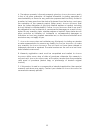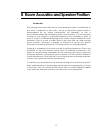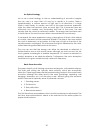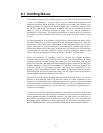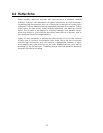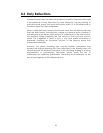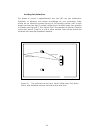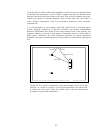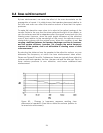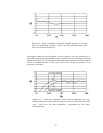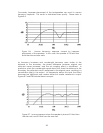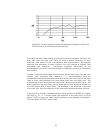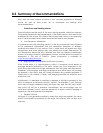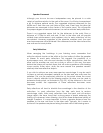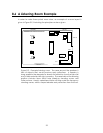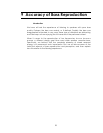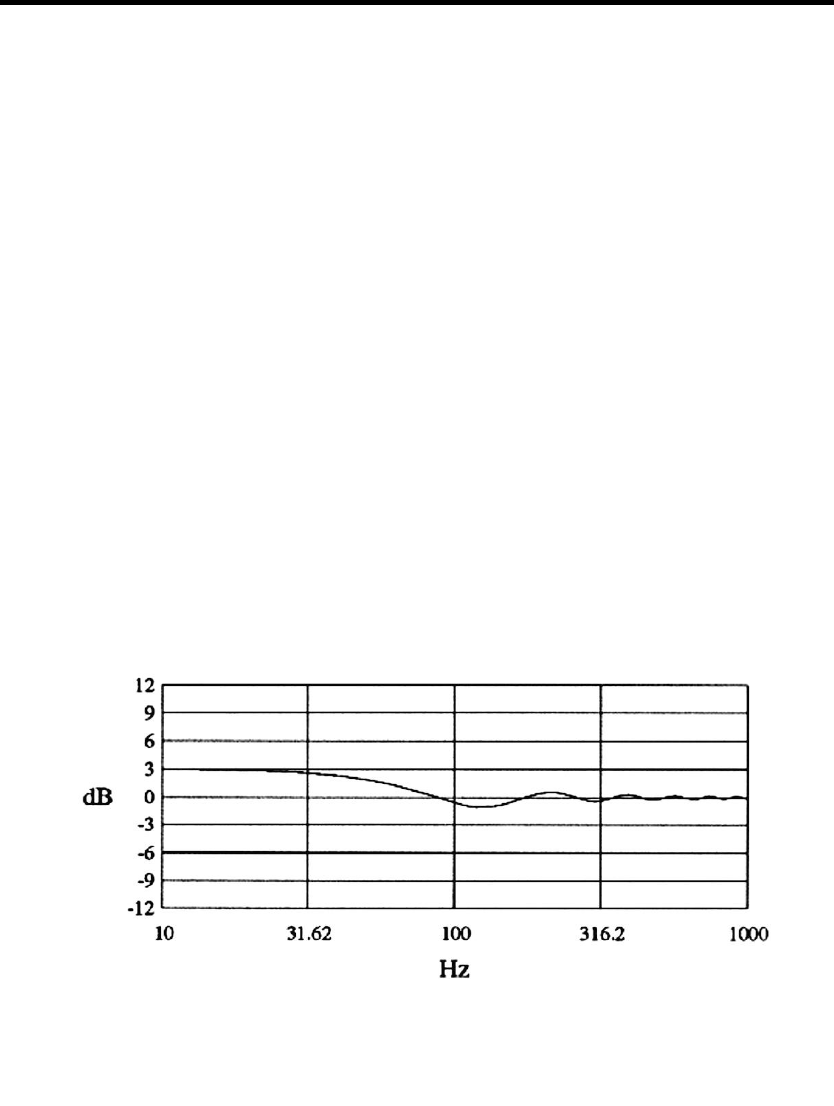
26
8.4 Bass reinforcement
By bass reinforcement, we mean the effect of the room boundaries on the
propagation of sound. It is widely known that speaker placement relative to
the floor and walls can affect the relative amount of bass that the system
produces.
To make this interaction more clear, let us refer to the optical analogy of the
candle. Similar to the way that the mirror reflected the light of the candle, so
can the surfaces near the loudspeaker reflect the sound waves back into the
listening room. However, when the path length difference of the reflected
wave is short relative to the wavelength of the sound, the reflected wave is
substantially in-phase with the original wave. When this condition is met, the
coupling coefficient between the speaker diaphragm and the air increases,
and the speaker efficiency increases. This changes the actual frequency
response of the speaker, and is not attributable to standing waves or other
room resonances.
By selecting the distance from the speaker to the reflective surface, we can
determine the frequency at which the bass reinforcement takes effect.
Please see Figures 8.3 and 8.4. Furthermore, there are typically three reflective
surfaces near each speaker, the floor, the rear wall and the side wall. Each of
these surfaces produces its own reflection, and hence additional bass
reinforcement.
Figure 8.3 - Change in frequency response resulting from
placement of speaker 3.3 feet from a reflective surface (relative to
an anechoic environment).



